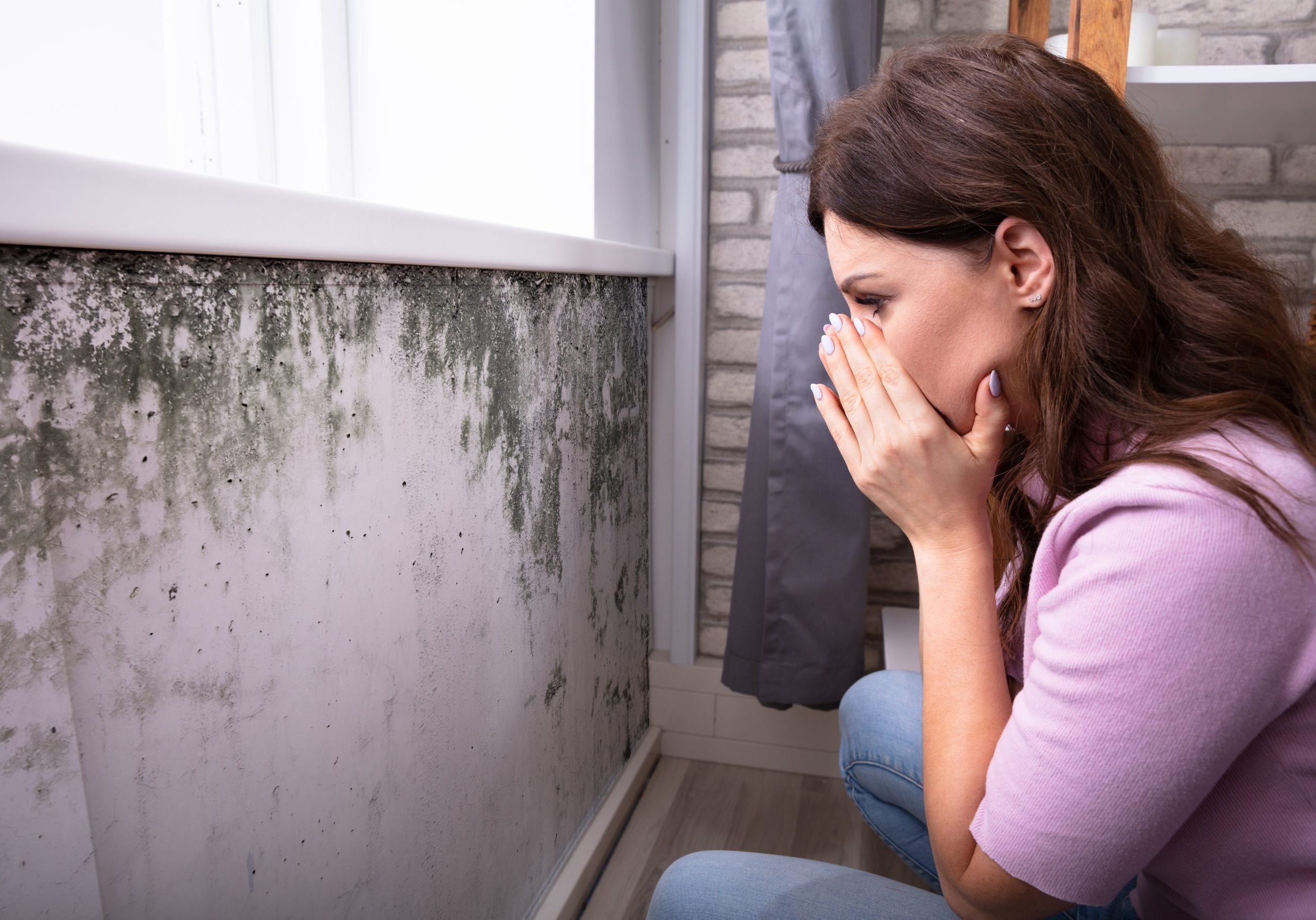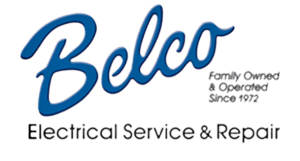Household Mold Problems
By Kenny Jackson | Nov 18, 2013

Recently my family purchased a 25 year old house in Atlanta, Georgia. During the home inspection due diligence period we found that there was extensive mold growth in the unfinished basement. I thought it might be helpful to others to pass along some things we learned from the experience. Though I am not a mold remediation expert, I did gain quite a bit of knowledge from a homeowner's perspective, and learned that the problem can be resolved and future growth prevented.
The 2013 summer season in the metro Atlanta area was exceptionally rainy and cool. Both of these conditions helped to create a great environment for mold growth. The rain brings moisture and humidity, and the cooler temperatures means your air conditioner is not having to run as long to get the temperature down in the house. When your air conditioner doesn’t run as long it’s not removing as much moisture from the air. Even though the thermostat says the temperature is 72 degrees, it may feel muggy because the humidity is still high in your home. The unfinished areas of your home that are not air conditioned will have similar humidity levels to the outside air, if you don’t have water leaks in those areas. If you have a wet, leaky basement, you can expect the humidity levels to be near 100% most of the time, even when outside humidity levels are lower.
It was a surprise for us to find that the basement had mold because we thought the basement looked very clean and dry. It did smell a little musty but we discounted the smell thinking it was old and needed to air out. The mold was not easily visible when we aimed a flashlight straight at it, but later, when the inspector took the flashlight and held it parallel to the wood studs so that any irregularity on the surface would cast a shadow, it was amazing how the mold stood out! After we knew how to see it we noticed it was on almost every stud, floor joist, sheetrock wall, and even the paper on the insulation.
We had a couple of mold remediation companies inspect the house and give quotes. One company performed their inspection on a hot muggy day when thunderstorms were forecast. The outdoor relative humidity was at 100%. He checked the indoor humidity levels and found the unfinished basement to be at 100%, and the finished, air-conditioned 1st and 2nd floors to be around 80% relative humidity. He told me this would vary greatly due to outdoor humidity levels and on how much the air conditioner has to run. He reluctantly provided a quote based on a visual inspection only, and recommended that we perform air quality tests on all levels of the house prior to him providing a quote because that was the only way to know for sure if there was mold present or not. The air quality tests were about $200 each and the house needed four tests (basement, 1st floor, 2nd floor, and outside). Since we weren’t sure at that point if we were going to proceed with buying the house we decided not to pay for the pre-remediation tests, but to have the seller do them after the remediation, and we required passing results before we would close on the house.
All mold needs to grow is moisture and a surface to grow on. The best way to avoid a mold problem is to keep moisture levels under control. The relative humidity level is important, and you want to keep it below 50% to keep the air too dry for mold to survive. You can buy a humidity meter for around $50 that can let you know what your humidity level is in your house. You can reduce the humidity in your house by running your air conditioner in finished areas, and by using dehumidifiers in unfinished areas. You also need to find and repair any leaks in your roof, siding, windows, doors, and foundation so that water is not entering your house. It’s important to keep water diverted away from your foundation so that the foundation does not become moist and cause that moisture to evaporate into the basement or crawl space, raising the humidity level.
You can also install HEPA filters in your air conditioning units to reduce mold spore levels in your house. HEPA stands for “High-Efficiency Particulate Absorption”. To qualify as a HEPA filter by US Government standards, an air filter must remove 99.97% of particles that have a size of 0.3 microns or larger. Mold spores range from 1.5 microns to 9 microns, so they are trapped by HEPA filters.
If you suspect you have a mold problem, the first thing you should do is some research on the internet to get a feel for what you are dealing with. Here are a couple of websites you can start with, but there are many others that will expand on this information:
http://www.epa.gov/iedmold1/moldresources.html
http://www.cdc.gov/mold/faqs.htm
If you decide the job is large enough to get a mold remediation company involved you should get no less than 2 quotes so you can compare pricing and the method of remediation they propose. The mold remediation business has a bit of a “shady” reputation, so you want to make sure the prices are in line, and the method of remediation they propose matches what you read on the internet. Also, you want to make sure that any air quality tests that are performed, are performed by an independent testing company that has no affiliation with the remediation company. Depending on how large of an area needs to be remediated it can cost $3000 to $6000 or more.
The remediation method performed on my unfinished basement consisted of removing the sheetrock, carpet, and insulation, HEPA vacuuming every surface to remove the mold (even dead mold releases toxins), taping up the windows and doors, and running HEPA air filters for several days to remove the mold spores in the air. We also had them include cleaning the air conditioning ducts and coils on the 1st and 2nd floor. The air quality tests failed in the basement after the initial remediation process, so the remediation company had to come back and spray all the wood surfaces in the basement with a mold encapsulation coating that seals the mold to the wood and keeps it from releasing spores, and inhibits future mold growth. After that the air quality tests came back almost perfect.
A note about the air quality tests. The air quality is being tested for the number and type of mold spores that are collected per test. They will also test the outside air as a control and compare it to the inside air tests, since mold spore levels inside are somewhat relative to outside air quality. They want inside mold spore levels as low as possible, but for sure not higher than outdoor levels. There is no set standard in the United States for what safe mold spore levels are, so “pass” or “fail” is somewhat subjective and a judgment call.
One more thing I wanted to mention. Mortgage companies have an interest in mold problems because it can greatly affect the value of the home. If they find out the house has a mold problem, they usually will not approve the mortgage until they have written documentation that the mold has been remediated and that the tests have passed. Also, you should check your homeowners insurance to see if mold remediation is covered. It often is not unless you specifically ask for it to be included in your policy.
If you would like more information, or if you would like a receptacle installed for a dehumidifier, a sump pump, or other electrical related service, please call Belco Electric at 770-455-4556, or you can visit our website at www.belcoinc.com .
